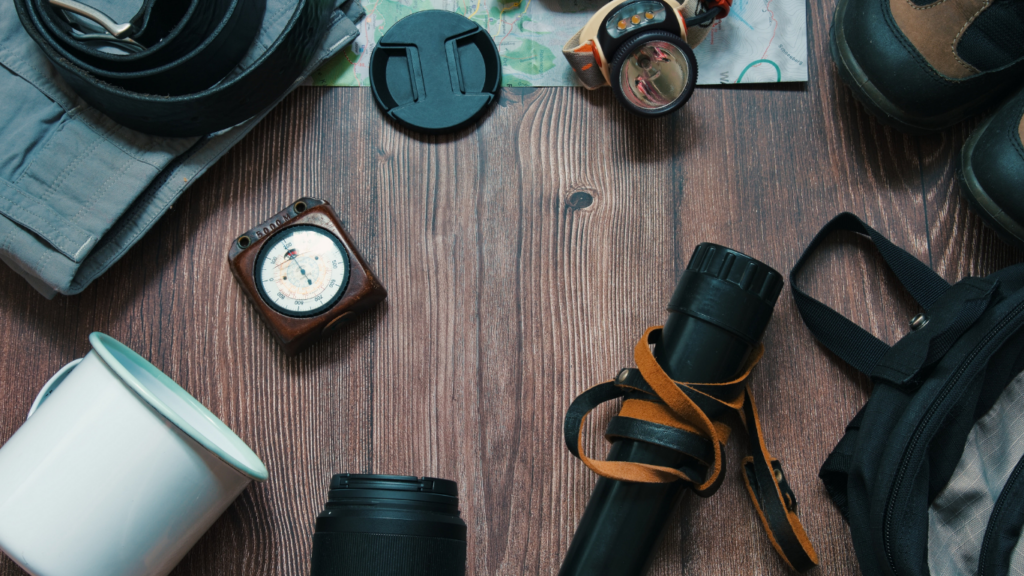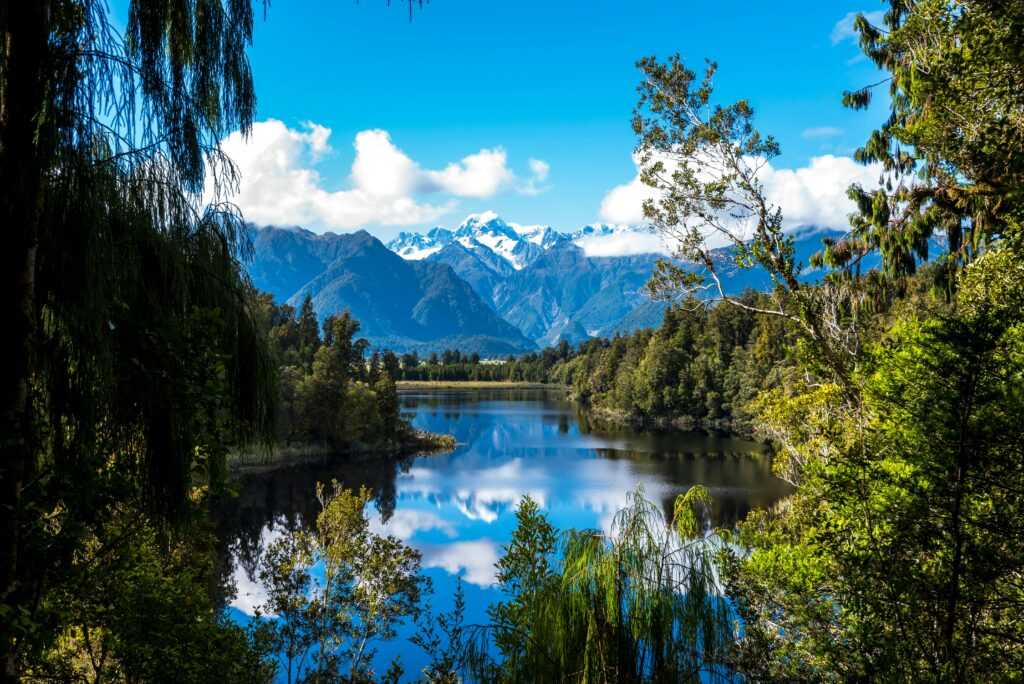Understanding Your Destination
Knowing what to expect at your adventure’s destination is crucial to packing effectively. Different environments and cultures require different preparation.
Researching Climate and Weather
Climate and weather dictate what to pack. Check the average temperatures and precipitation levels for your trip dates using trusted sources like the National Weather Service or the World Meteorological Organization. Bring layers for variable temperatures and pack moisture-wicking clothes if the destination is humid. Use a compact rain jacket for wet conditions. If you’ll be visiting high altitudes, include thermal wear, even in summer, due to colder nights.
Knowing Local Customs and Regulations
Understanding local customs and regulations ensures respectful and lawful travel. Dress codes vary widely, especially in more conservative regions. Research acceptable attire; for example, some countries require women to cover their heads in certain places. Check luggage restrictions and prohibited items specific to your destination. Visit government travel advisories for updated regulations on restricted goods to avoid legal problems at customs checkpoints. Brush up on tipping practices and local etiquette for smoother interactions with locals.
Choosing the Right Gear

Selecting the right gear is crucial for an epic adventure. Quality and functionality should guide your choices to ensure you stay comfortable and prepared.
Essential Clothing Items
Clothing choices should align with the destination’s climatic conditions. For variable temperatures, pack lightweight layers. Include moisture-wicking shirts to stay dry in humid environments. If visiting colder areas, thermal wear and insulating jackets are necessary. Always carry a versatile hat and sunglasses for sun protection.
Packing Efficiently
Efficient packing saves space and reduces the load. Use compression bags to minimize bulk and organize clothes by type. Roll clothes instead of folding to prevent wrinkles and save space. Prioritize multi-use items like convertible pants and dual-purpose jackets. Keep essentials easily accessible to streamline the packing process.
Recommended Footwear
Footwear choices depend on the terrain and activities. For hiking, employ waterproof and sturdy boots. For city exploration, use comfortable walking shoes. Pack lightweight sandals for casual wear or hot climates. Always break in new shoes before the trip to avoid blisters and discomfort.
Selecting the Perfect Backpack
Choosing the right backpack is crucial for an epic adventure. A good backpack ensures comfort and convenience throughout the journey.
Size and Capacity Considerations
Backpack size matters. For trips lasting two to three days, a 30-50 liter capacity works well. Longer excursions may require 50-70 liters. Multi-week treks need 70+ liters. Match the capacity to the length of your trip and the gear you need to carry. Avoid overloading small packs as they can cause discomfort.
Weight Distribution Tips
Effective weight distribution enhances comfort and stability. Place heavy items like water reservoirs close to your back. Distribute medium-weight items such as clothes around the midsection. Keep lighter essentials like snacks and maps at the top. Tighten all straps effectively to maintain a secure fit.
Organizing Your Essentials
Packing for an epic adventure requires organizing your essentials. Efficient packing ensures easy access to vital items and contributes to a seamless journey.
Travel Documents and Money
Ensuring travel documents are accessible is crucial. Include a passport, visas (where applicable), travel insurance, and itinerary. Store them in a waterproof pouch to prevent damage. Carry a mix of cash and credit cards; split them between your wallet and a secure, hidden pouch to minimize risk in case of theft.
Health and Safety Items
Health and safety items offer peace of mind. Pack a first-aid kit with band-aids, antiseptic wipes, and personal medications. Include a compact multi-tool and a small flashlight. Depending on your destination, consider packing insect repellent and sunscreen. If water quality is a concern, add water purification tablets or a portable filter.
Gadgets and Accessories
Gadgets and accessories enhance the adventure. Bring a smartphone with a power bank for extended use. If photography is a priority, include a DSLR or action camera with spare batteries and memory cards. Don’t forget universal adapters for charging devices overseas. Keep earplugs and a sleep mask handy for uninterrupted rest during travel.
Efficiently organizing these essentials will streamline your packing process and contribute to a more enjoyable adventure.
Practical Packing Tips
Packing efficiently can make or break the experience of an epic adventure, so it’s crucial to use proven strategies for organizing your gear.
Rolling versus Folding
Rolling clothes instead of folding them saves space and reduces wrinkles. When rolling, start with bulkier items like jeans and jackets. Fit smaller pieces, such as t-shirts and shorts, into the gaps. Rolling allows for easy access to every item without disturbing the rest.
Using Packing Cubes
Packing cubes provide structure and organization to your suitcase or backpack. Separate clothing by type or purpose into different cubes. For instance, keep all tops in one cube and bottoms in another. This method streamlines the packing process and simplifies unpacking at your destination.
Maximizing Space
Maximize space by using every inch of your bag. Place socks inside shoes to utilize that often-forgotten space. Choose versatile clothing items that match multiple outfits. Pack travel-sized toiletries to save precious room and weight. Investing in a compressible down jacket can also free up space while keeping you warm.
Preparing for the Unexpected
Proper preparation for unexpected situations is crucial during an adventure. It ensures safety and peace of mind.
Emergency Kit Items
Having an emergency kit is essential for any adventure. Key items in this kit include:
- First Aid Supplies: Band-Aids, antiseptic wipes, gauze, pain relievers, and tweezers handle minor injuries.
- Multi-tool: A compact tool with essentials like a knife, pliers, and screwdriver serves multiple purposes.
- Fire Starters: Waterproof matches and a lighter ensure you can always start a fire.
- Portable Charger: Keeping a fully-charged power bank ensures your electronic devices don’t run out of power.
- Whistle: A loud whistle helps attract attention in case of emergencies.
- Space Blanket: This lightweight, thermal blanket provides warmth and protection from the elements.
- Water Purification Tablets: These are vital if you end up in an area with questionable water sources.
Backup Plans
Backup plans mitigate the impact of unforeseen events. Essential strategies include:
- Duplicating Travel Documents: Keep digital and physical copies of your passport, ID, and travel insurance separate from the originals.
- Extra Cash Stash: Hide a small amount of cash in a discreet location away from your main wallet.
- Alternative Routes: Know multiple routes to and from your destination, in case one becomes impassable.
- Communication Plan: Share your itinerary with a trusted person and check in regularly.
- Contingency Accommodations: Research backup lodging options in case your primary booking falls through.
These preparations address potential risks, ensuring a smoother and safer adventure.




